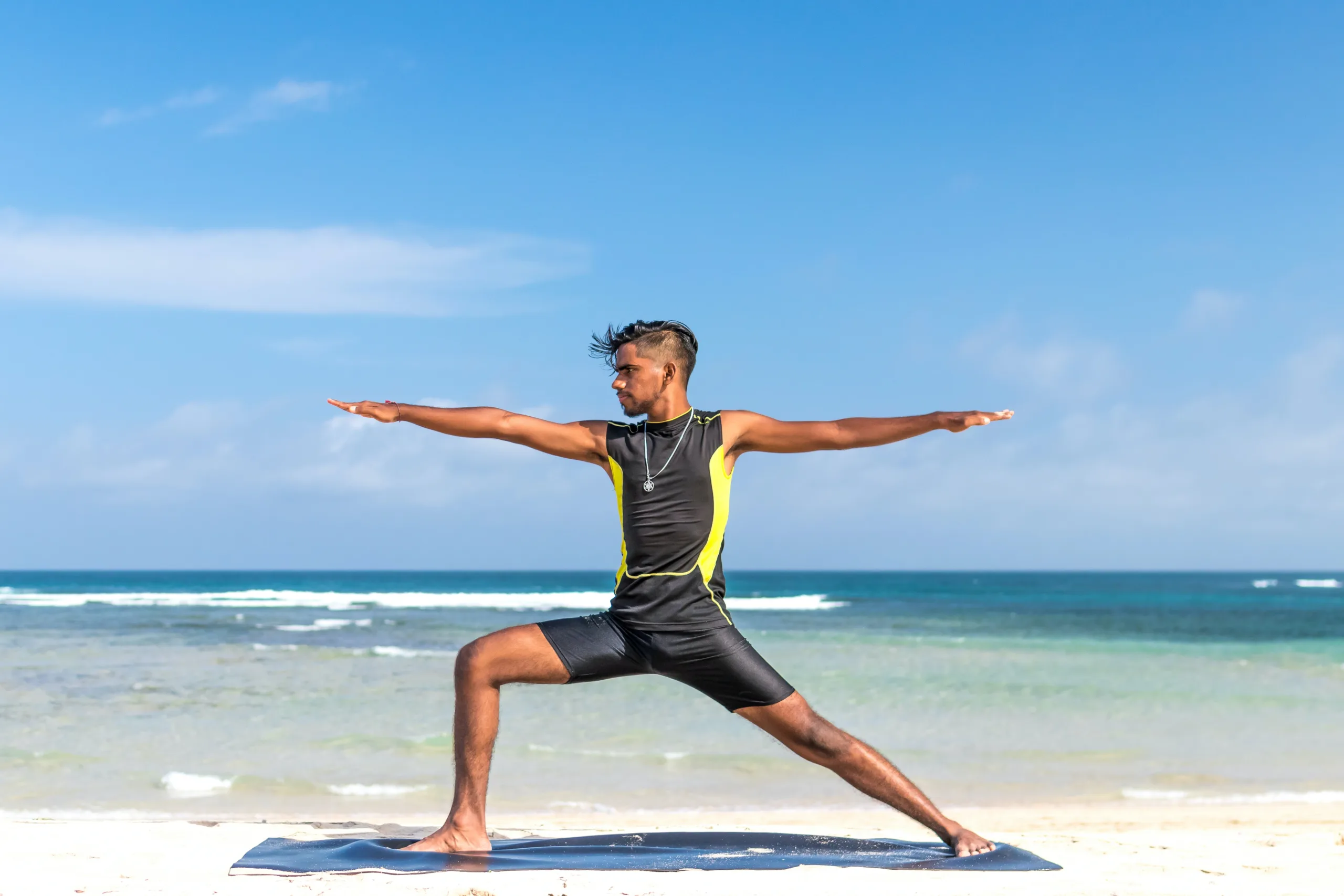Stillness Yoga: Embracing Tranquility and Deepening the Practice
Introduction
In the bustling and fast-paced world we live in, finding moments of stillness and tranquility can be a profound gift. Stillness Yoga, also known as the practice of embracing and cultivating stillness within yoga, offers a transformative path to connect with our inner selves, find balance, and experience a sense of deep peace. In this comprehensive guide, we will explore the essence of stillness in yoga, its significance in the practice, and how to incorporate stillness into your yoga journey. Prepare to embark on a soulful exploration and embrace the power of stillness to nourish your mind, body, and spirit.
Click here for more
What Is Yoga Stillness?
Yoga stillness refers to the state of calm and inner quietude that can be cultivated through the practice of yoga. It goes beyond the physical aspects of yoga poses and invites practitioners to find a sense of serenity and stillness within themselves. Stillness in yoga encompasses the ability to be present, to let go of distractions and the constant chatter of the mind, and to connect with the present moment fully.
The Importance of Stillness in Yoga
Stillness plays a crucial role in yoga practice, offering a multitude of benefits for both the body and the mind. Here are some reasons why it is important :
- Deepening Awareness: Embracing stillness allows us to deepen our awareness of our bodies, thoughts, and emotions. By slowing down and tuning into the present moment, we become more attuned to our inner experiences, leading to a greater understanding of ourselves.
- Cultivating Mindfulness: Stillness creates a space for mindfulness to flourish. When we quiet the mind and focus on the present moment, we develop a state of heightened awareness and concentration, fostering a deep connection between body, mind, and breath.
- Relaxation and Stress Reduction: It provides an opportunity to release tension, calm the nervous system, and reduce stress. By practicing stillness, we activate the body’s relaxation response, promoting a sense of tranquility and rejuvenation.
- Connecting with Inner Wisdom: The practice of stillness allows us to tap into our inner wisdom and intuition. As we quiet the external noise and distractions, we create space for insights, clarity, and guidance to arise from within.
- Balancing Energy: Embracing stillness helps balance the energy within our bodies. It allows us to find equilibrium between the active, dynamic aspects of our lives and the need for rest, restoration, and reflection.
The Principle of Stillness in Yoga
At the core of stillness in yoga lies the principle of Santosha, which means contentment or finding satisfaction in the present moment. Santosha invites us to embrace stillness and find peace within ourselves, regardless of external circumstances or the constant desire for more. It encourages us to let go of striving and instead cultivate a sense of deep acceptance and gratitude for the present moment as it is.
Stillness in Yin Yoga
Yin yoga is a style of yoga that emphasizes long-held, passive poses that target the deeper connective tissues of the body. Stillness plays a significant role in yin yoga, as practitioners hold poses for several minutes, allowing the body to surrender and the mind to find stillness. This practice cultivates patience, resilience, and a deep sense of surrender to the present moment.
Building Stillness in Your Yoga Practice
Incorporate the following practices to build stillness in your yoga journey:
1. Mindful Breathing:
Conscious breathing is a powerful tool to anchor yourself in the present moment. Focus on the sensations of the breath as it flows in and out, observing without judgment. This cultivates a sense of stillness and presence.
2. Slow and Intentional Movements:
Practice your yoga poses with deliberate and mindful movements. Emphasize smooth transitions, paying attention to each sensation and subtlety as you move from one pose to another.
3. Meditation and Visualization:
Dedicate time to meditation and visualization practices to quiet the mind and cultivate stillness. Guided visualizations can help create a sense of calm and centeredness, allowing the mind to settle into a state of tranquility.
4. Restorative and Yin Yoga:
Incorporate restorative and yin yoga practices into your routine. These gentle and nurturing practices provide an opportunity to surrender, let go, and experience stillness through longer-held poses.
5. Disconnect from Distractions:
During your yoga practice, create a sacred space free from distractions. Silence your phone, dim the lights, and create an ambiance that supports introspection and tranquility.
FAQs
Q: How can stillness in yoga benefit my overall well-being?
A: Stillness in yoga promotes relaxation, stress reduction, self-awareness, and balance. It can enhance your overall well-being by fostering inner peace, clarity, and a deeper connection with yourself.
Q: Can I experience stillness in a dynamic yoga practice?
A: While dynamic yoga practices may involve continuous movement, stillness can still be cultivated through mindful awareness of each breath and movement. It’s about finding moments of stillness within the flow.
External Links:
Conclusion
Stillness yoga offers a transformative pathway to connect with your inner self. Find balance, and experience profound peace amidst the busyness of life. By embracing stillness within your yoga practice, you can deepen your self-awareness, cultivate mindfulness, reduce stress, and tap into your inner wisdom. Remember to prioritize moments of stillness, practice with intention, and explore practices like yin yoga and meditation to foster tranquility and harmony within yourself. Embrace the power of stillness and embark on a journey of self-discovery and inner calm through the profound practice of stillness yoga.
